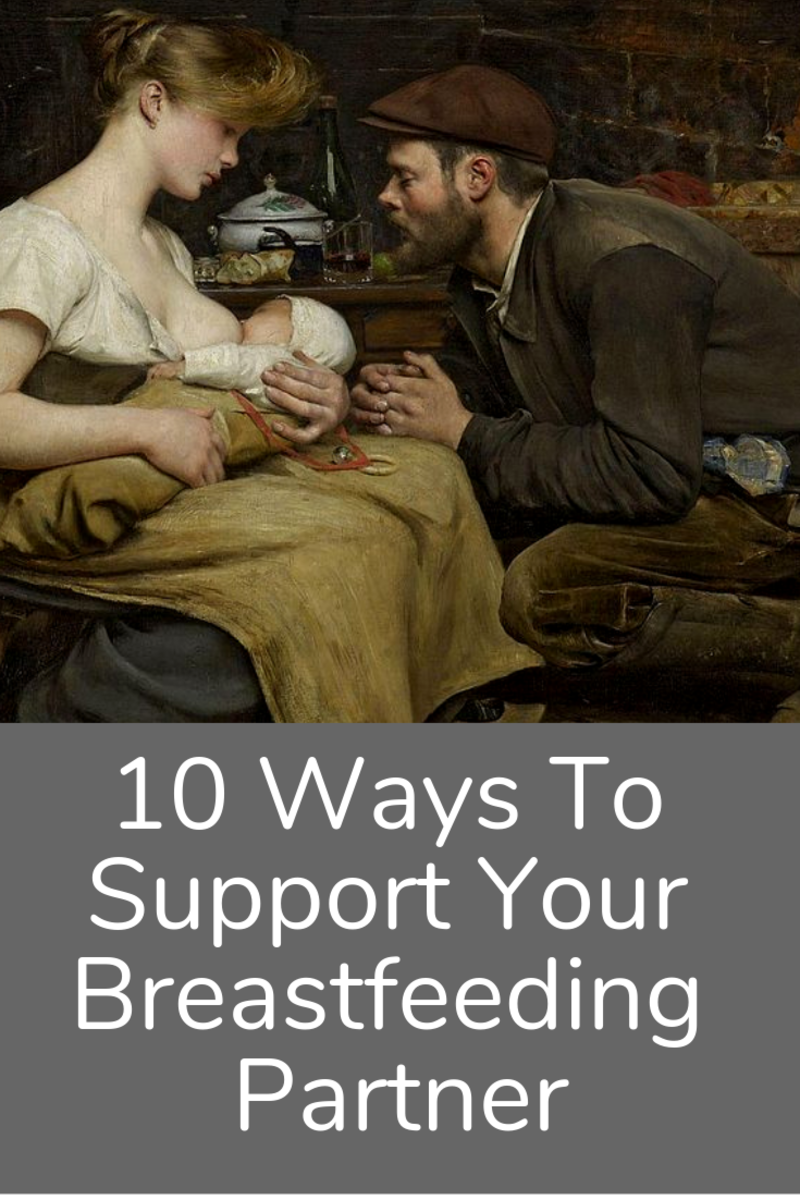Basics on How to Breastfeed

Breast Milk is the Best Milk
Breast milk is easier on the digestion system compared to formulas that generally cause effects such as gas, colic and constipation. Tuning in to your baby’s body language as it relates to milk flow can help you discover new ways of communicating. The rate of flow is important to recognize so that you learn what level of flow your baby prefers.
New babies have very tiny stomachs that fill up quickly which is the reason for the many feedings around the clock having both long and short sessions. These frequent feedings are also what produces the milk. Breast-milk is rich in nutrients to assure proper development.
Frequency of feedings during the first month fill the stomach, provide the necessary nutrients, and assure the production of milk for an adequate supply to establish a strong feeding foundation.
Adjusting to the Milk Flow
Sometimes the baby’s appetite for fast flowing milk is greater than the fast flowing volume in the breast being nursed. Transferring to the other side before the first is drained helps to relieve the initial appetite, then change back to the one with less milk as the tummy fills. Babies may also move back and forth from one breast to another in each feeding.
Always begin on the opposite side from the one you began on the previous feeding session. Stated another way, begin on the same side as you finished on at the previous feeding. The first two to three minutes of nursing draws the strongest for milk production. This helps to assure that the glands on both sides are making enough milk.
If baby is asleep at a time when the milk is dripping (milk lets down) or you are sensing pressure in the breast, pick him up and feed him being careful he stays asleep. This is done by gently tickling the nose or an ear on occasion to stir just enough to latch on and nurse for two to six minutes on each side.
Lay your baby back down to continue sleeping, now with a full stomach and you with lactation relief. Short feeding sessions may not seem very effective but they are very helpful for proper on-going production and supply of breast milk.
Supply of milk and how much baby wants may vary.
The firmer the breast the faster the milk flows and the flow is generally increased in the early part of the day. A baby may want to move back and forth from one to the other twice during late afternoon or early evening feedings. The first feeding after their longest sleep period may produce enough on one side if it is super full and fast flowing.
Some babies may build the supply up during times of nursing for comfort, or when not feeling well. An overflow of production may occur. The milk flow can change and may be temporarily too fast or too slow. When your baby has a cold, it may be difficult to handle the usual milk flow. Growth spurts and an increased appetite can also build up the amount of breastmilk.
Breastfeeding can be tailored according to the baby. Instead of nursing one side for a given amount of time or until it is drained, see if you can tell when your baby wants to switch breast. Most babies usually prefer a faster flow early in the nursing session when their appetite is strong and may switch to the other even though the first is still full.
Compressing the duct glands to bring milk forward.
Watch your baby’s behavior to know when to use breast compression to increase the flow of milk or when to switch to the full and faster-flowing side. Every nursing mother has times when the milk flow does not match the baby’s needs. A baby may fall asleep at the breasts in response to a flow that is either too fast or too slow.
Compressing to stimulate the glands is a time-honored method of increasing milk flow. When your baby shows signs that the flow is too slow, compressing in a forward movement will usually, if not always, allow the milk to flow faster. Gently compress the one being nursed and notice quicker swallowing.
Reading your baby's behavior rather than the clock.
Their fists and arms can be viewed as a gas gauge. When arms are up and hands are in fists, a fill-up is needed. When the arms are down and hands are open and relaxed, the baby's hunger is satisfied. As they become satisfied and milk begins to slow down, the hands gradually uncurl and drop down from the face.
Frequent nursing can mean as often as three to four times per hour for a few minutes each time. Training babies on this schedule with feedings of 15-20 minutes at a time goes against our basic physiology. Since humans are very adaptable, and some mothers will be able to make enough milk with fewer feedings spaced apart, some will be able to adapt to the larger meals spaced further apart.
Sore Nipples
Discomfort is worse when the baby first latches on and eases up during the feeding. This improves on its own after a week or two. If you experience severe pain, or cracking, if it continues through the entire feeding and lasts for over a week, it is likely the latching method needs to be corrected. This can make nursing very unpleasant and your baby is probably not getting much milk. Be sure your baby is latching on correctly.
Frequent feedings begin the very first day of birth to establish milk supply and develop a thin callous over each nipple. Tenderness is alleviated once the callous has developed. After breastfeeding has stopped, the layer of skin returns to normal. Frequent feedings also help the uterus and abdomen contract and return to normal.
Guide for Breastfeeding provides information in regard to baby's weight gain, the difference between hind milk and fore milk, supplementing with bottles and balancing milk supply between the left and right sides.
Disclaimer: This is not to be considered as medical advice. Please consult with a physician if you have any questions and concerns.
Lizolivia



